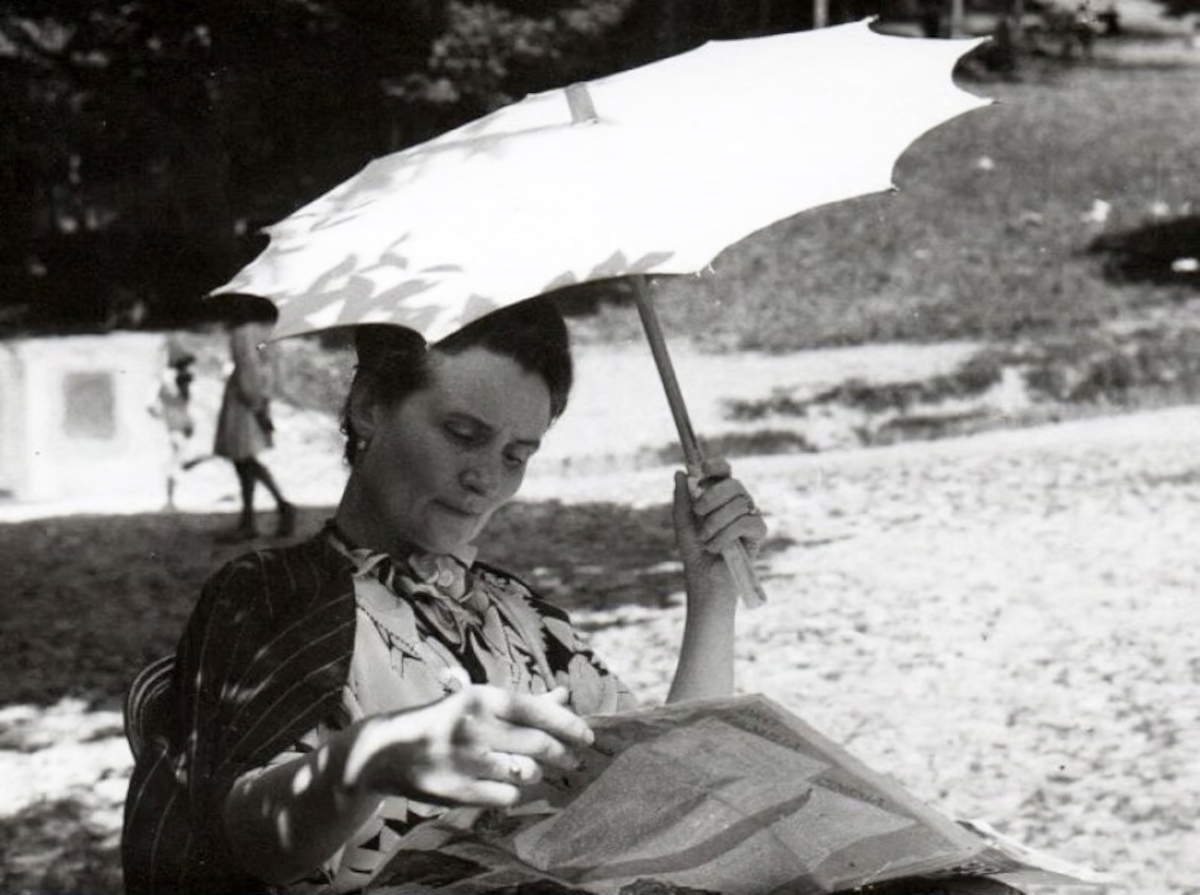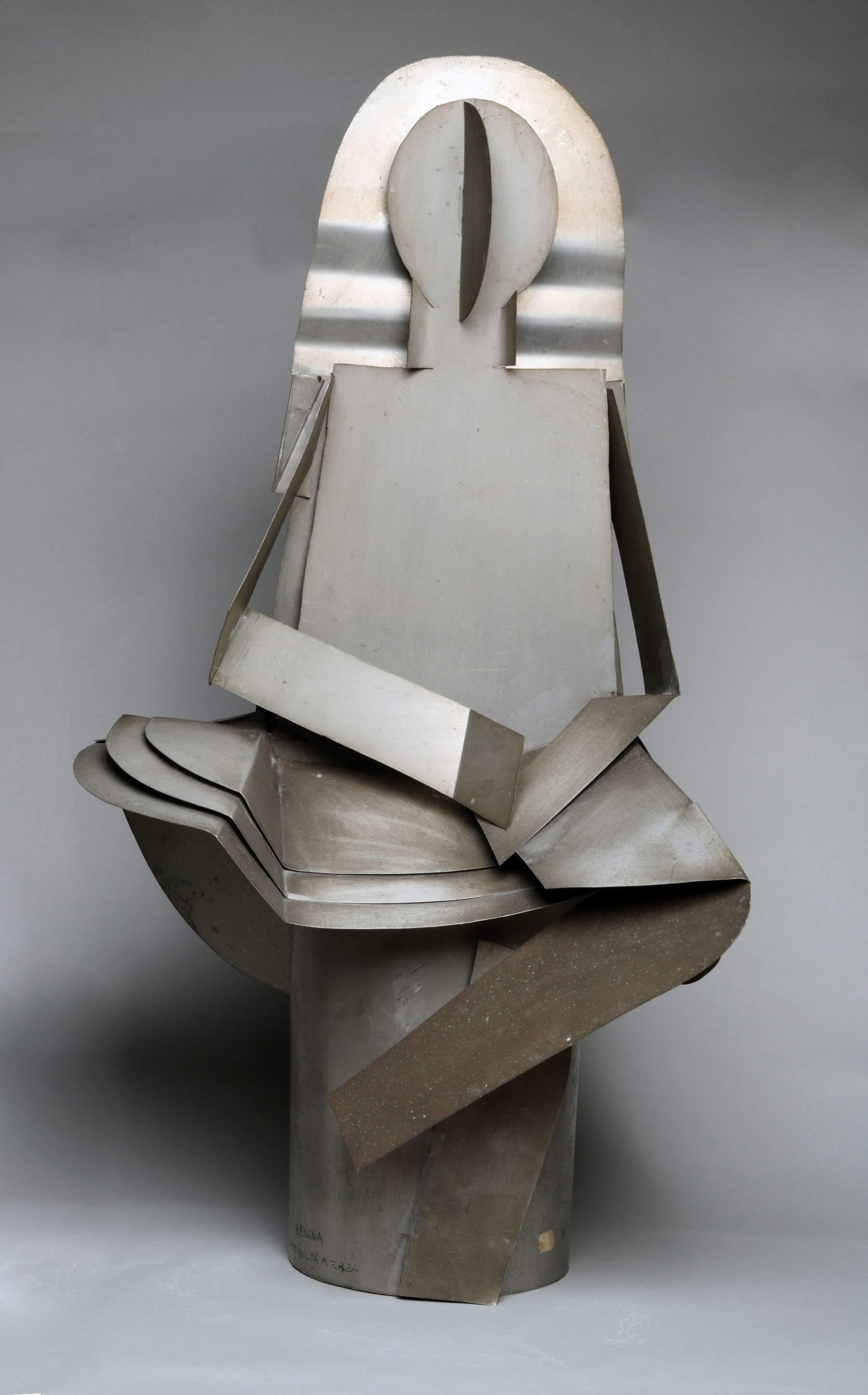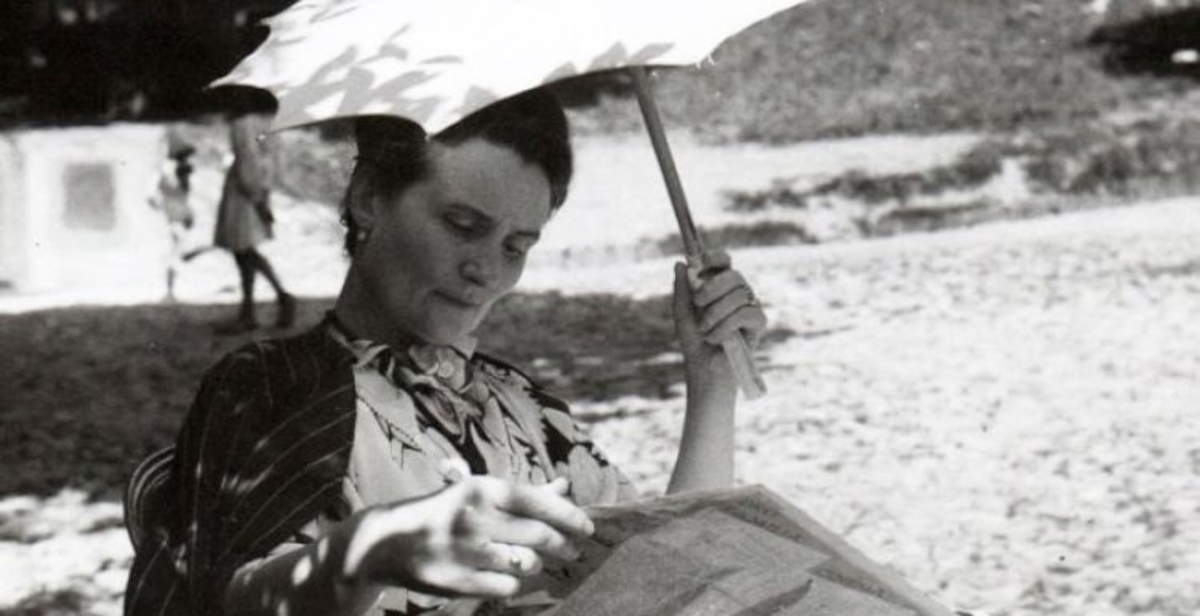From March 1, 2026, the National Archaeological Museum of Lomellina in Vigevano (Pavia) will open to the public the exhibition Regina. Sperimentatrice geniale, a wide-ranging exhibition dedicated to Regina Cassolo (Mede Lomellina, 1894 - Milan, 1974), one of the most original and independent figures in twentieth-century Italian art. The inauguration is set for Feb. 28, 2026 in the renovated and for the first time accessible spaces on the second floor of the third stable of Castello Sforzesco, home of the museum. The project, promoted by the National Museums Lombardy Regional Directorate, was made possible thanks to a renovation and restoration effort of about 300,000 euros. The installation, conceived as a permanent exhibition that can be visited at least until 2029, brings together 109 works, including 41 sculptures and about 65 drawings and collages, offering a broad and coherent portrait of the research of an artist who knew how to combine intuition, technique and freedom of expression. Curated by Stefania Bossi, director of the museum, together with Valentina Cane and Michele Tavola, the exhibition is accompanied by the work of a scientific committee that has helped outline a critical and chronological account of Regina’s creative journey. The intent is to restore the complexity of her language, highlighting her ability to assimilate suggestions and avant-gardes without ever adhering to a single stylistic direction.
“The cultural project that becomes public and usable with the inauguration of Regina’s exhibition,” continues Director Stefania Bossi, “constitutes a fundamental long-term opportunity not only for the Museum but also for the entire territory: it means, on the one hand, broadening and diversifying the cultural offer by addressing different audiences and, on the other hand, restoring the complexity of an artist of international scope who originated in Lomellina and who precisely in recent years has been the subject of an important path of dutiful critical rediscovery.”


“The exhibition is the culmination of a long work,” says Lombardy State Museums Director Rosario Maria Anzalone, “that began with the formalization of the loan of the works from the Municipality of Mede and the redevelopment of the rooms of the extraordinary Sforza Castle in Vigevano, where MANLo, the archaeological museum under our management, is located. I am very proud of this installation because I trust it will make an important contribution to the revitalization of a museum in which the Lombardy National Museums Regional Directorate is investing with the ambition of supporting the Lomellina community. A special artist like Regina Cassolo deserved an equally significant narrative: we are ready to welcome all visitors who will want to share this wonderful exhibition experience.”
The exhibition at the National Archaeological Museum of Lomellina is divided into four thematic sections that reconstruct the main stages of her activity. Regina in brief introduces the artist’s biography, from his academic origins to the first tests of creative autonomy, to his landing in abstraction. Tradition and Innovation explores the tension between classical roots and the drive for experimental research, evidenced by the variety of materials used.Inside and Outside Futurism highlights the relationship with the Marinetti movement and the choice to use aluminum as a central element of his poetics, in a personal and independent declination. Finally, Natura di Regina collects the drawings and collages, with particular attention to the herbaria, in which the naturalistic sensibility is intertwined with a lyrical and rarefied language. The exhibition will be accompanied by a scholarly catalog, in which the critical contributions of the members of the scientific committee and essays dedicated to Regina Cassolo’s production will converge, with particular attention to the experimental dimension that has characterized her entire career.
The career of Regina Cassolo, born in Mede Lomellina in 1894, developed amid the cultural tensions of the early 20th century. After training at the Brera Academy, the artist soon abandoned academic models to experiment with new plastic and material modes. In the 1930s he approached Futurism, a movement he interpreted in a wholly personal way. In 1931 she presented at the Galleria Senato in Milan her first sculptures in tin, aluminum and celluloid, unusual materials for the time that allowed her to free form from the weight of tradition. The following year she signed the Technical Manifesto of Futurist Aeroplastics and participated in the 19th Venice Biennale in 1934, as well as in numerous exhibitions in Italy and abroad. After the war his research was renewed by joining the Movimento Arte Concreta, at the invitation of Bruno Munari, and in 1951 he held a solo exhibition at the Libreria Salto in Milan. Between the 1950s and 1960s he deepened themes related to language and nature, continuing to experiment between sculpture and drawing. In the 1970s her work began to be reevaluated by critics, until her participation in the exhibition L’altra metà dell’avanguardia 1910-1940 (Palazzo Reale, Milan, 1980), which definitively established her role as a pioneer of plastic experimentation.
 |
| Regina Cassolo at the Vigevano Archaeological Museum: a permanent exhibition until 2029 |
Warning: the translation into English of the original Italian article was created using automatic tools. We undertake to review all articles, but we do not guarantee the total absence of inaccuracies in the translation due to the program. You can find the original by clicking on the ITA button. If you find any mistake,please contact us.